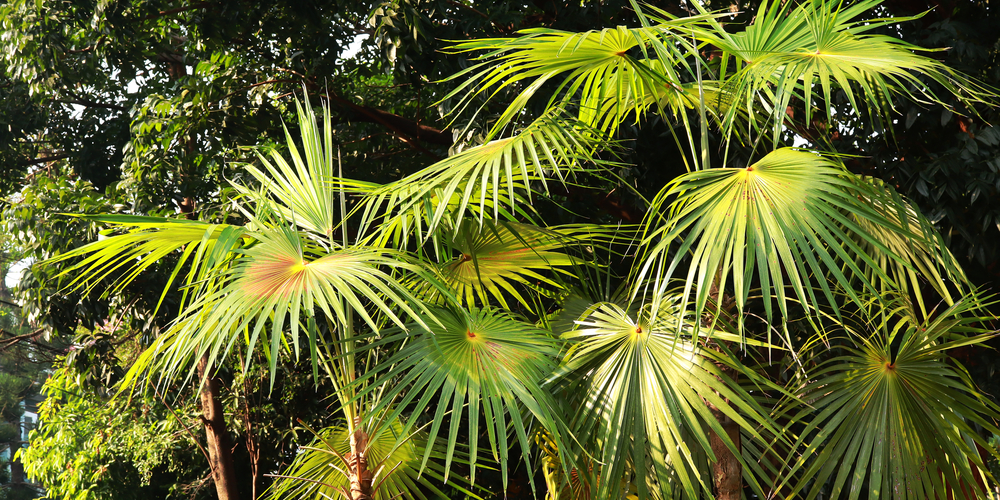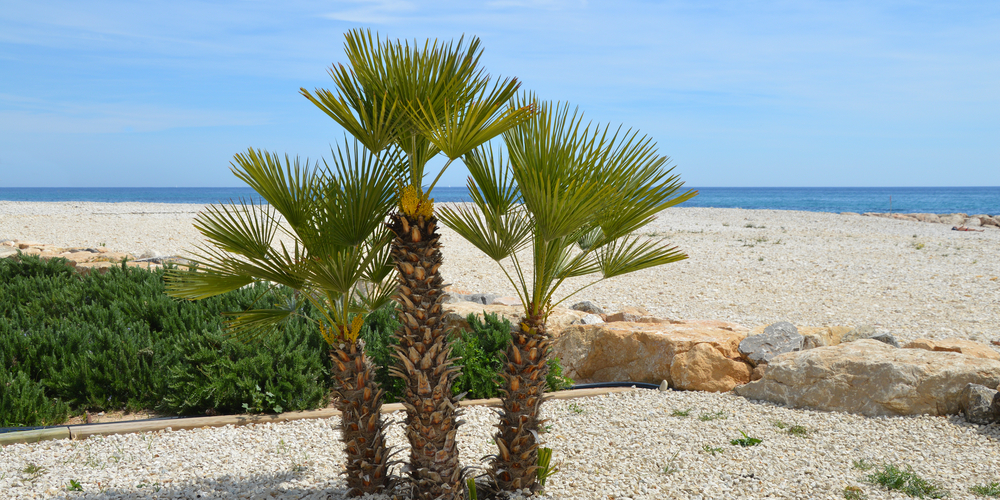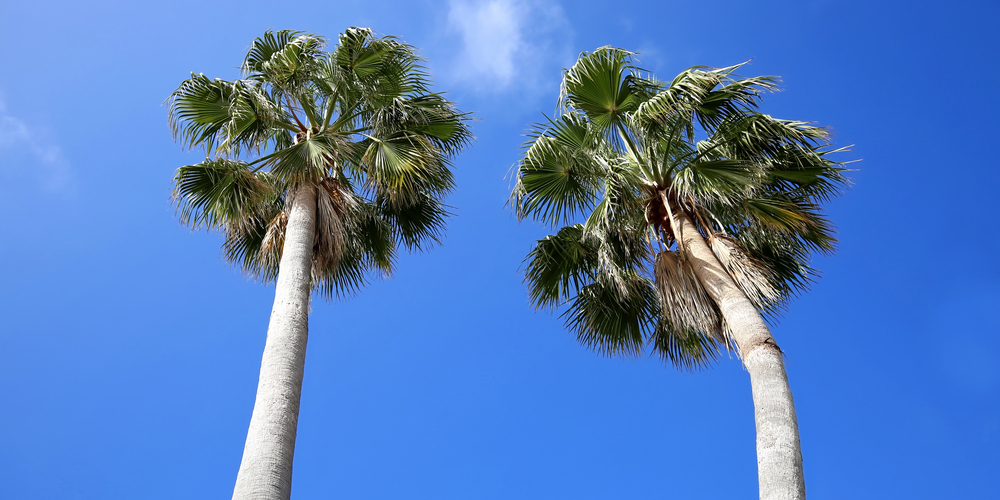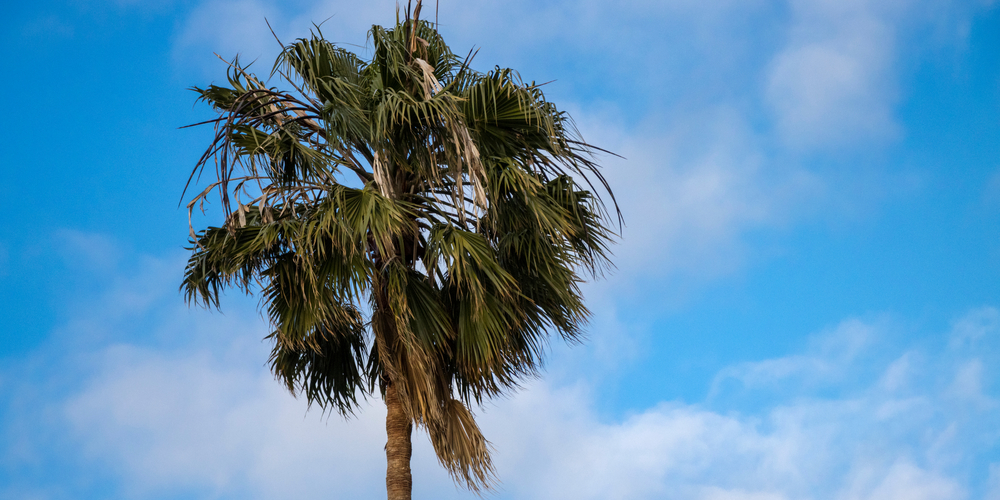
Palm variants have become ingrained in a wide range of cultures around the globe. Palms provide humans with shelter and food through their foliage and fruits. The fronds are used in spiritual, astrological, and victory celebrations because they have symbolic importance for humans. The palm does reach out to touch all regions.
But one subject that always perplexes people is how far north one can go and still enjoy the soothing sight of the palm tree? This question, however, carries a slew of qualifiers. There are numerous types of palm trees around the world.
How far north do palm trees grow, anyway?
Palm plants are grasses, not trees or even shrubs. There are dozens of variants, with the bigger, taller, and skinnier forms flourishing in the hottest climates. Coconut trees can be found along Hawaii and southern Florida coasts, from Melbourne to Sarasota.
Winter weather is best tolerated by those with fan-blade foliage that touch the ground and resemble shrubs, as well as those with sturdier trunks and small fruits.
The Needle Palm is the most cold-hardy of the cold-hardy kinds, with cabbage palmetto (sabal palmetto) as the close second. Hardy in zones 8 to 12 – a vast Sabal palmetto has withstood temperatures as low as 6 degrees Fahrenheit in zone 7 Knoxville, Tennessee. It’s said to be surviving but suffering in Ocean City, Maryland.
One can get some cold-tolerant palm trees in places as far north as California, Texas, Virginia, and Georgia. Please remember that you should fully form the palm before it can withstand such chilly temperatures. It needs three seasons for a palm tree to reach full maturity. Here’s every State where palm trees grow.
Although the palms are planted and not indigenous to the country, they can be found as far north as Washington and Ireland. As per Wikipedia, the Chamaerops palm is located in Southern France and is the world’s northernmost natural palm.
It’s cool, though it’s hardly the kind of palm you’d connect with a lovely sandy beach. France’s Mediterranean fan palm populations are the world’s northernmost naturally occurring palms, at 43 degrees north latitude. No palm species on the planet can grow as far north as this one. Despite this, Northern Europe’s temperature is still mild enough to support many palm species.
When it comes to coconut palms, In actuality, the Florida Keys are the only place in the United States where coconut trees can be reliably grown and maintained. However, you can find native palms further north. In Southern Florida, the standard cutoff is on a path that runs from Tampa to Melbourne. In truth, Palm Bay is located just south of Melbourne, and its name comes from the many sabals (Palmetto) palms. However, it appears that you can find coconut palms as far north as Orlando.
Are these native or cultivated? It’s difficult to say, but several weak ones will pop up now and then.
Palm trees are common in California, while coconut palms are uncommon. San Diego and San Francisco appear to have some, and one may argue that it is the northernmost location for the palms. However, if you look to the north, you might find the champion.
The northernmost cultivated coconut palm is reportedly found in Newport Beach, California, located at 33.37 north, nearly 8 degrees north of Florida Keys. It’s a bit cold weather survivor planted in 1984 and is still going strong. Brent of American Voyages visited the tree a few years back and wrote a fantastic article about it: the northernmost coconut palms. It’s a skeletal version of the tree, but it’s a coconut palm, alas!
How far north do palm trees grow: Take Away
With that said, people should appraise a garden based on its style rather than its original zone. It isn’t like a palm will become an exotic species in the northern hemisphere. Furthermore, if a catastrophic disease wipes out all the palm trees in the tropics, having few plants in the north will save the genetic data from extinction.
The Southerners have no concept of how relaxing it is to sit underneath the palm tree in a mall or greenhouse in the winter in this part of the country. Northerners’ fondness for this gorgeous flora must not overshadow it by contempt and familiarity.
Many palm varieties have spread around the world. Palm trees will continue to fascinate and provide a functional role for humans in subtropical and tropical areas around the planet.
Related article: Indoor Palm Trees: 17 Beautiful Plants


